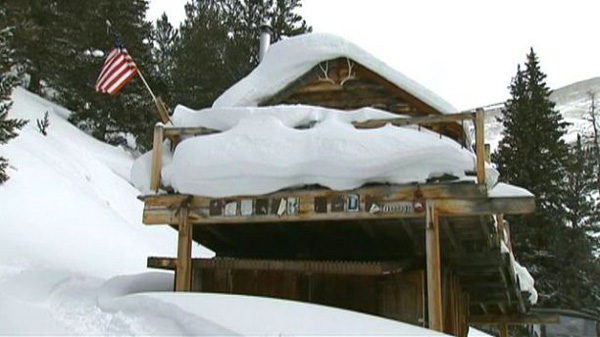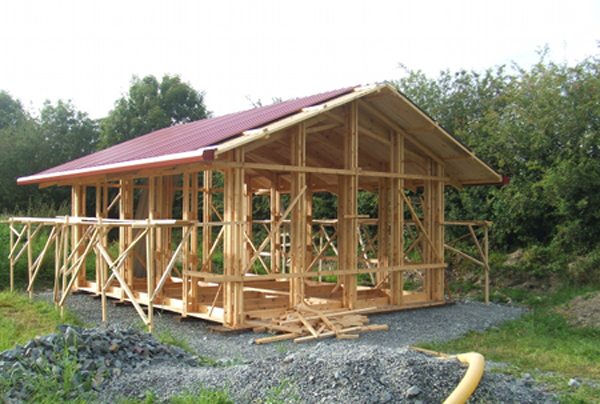I was expecting this to be just another tiny house video. Instead, this video does a fantastic job of explaining how building codes and zoning regulations are largely unnecessary and a huge drain on local economies. The video highlights some cities in Texas that are doing just fine without all this bureaucracy and added expense. As a result, housing costs per square foot are only a small fraction of many other US cities.
building codes
Government Land Grabs in the News

Punitive code enforcement problems and federal land grabs are becoming increasingly common. The following land owners thought they owned their land and could use it in the manner they think best. There are many thousands of lots that adjoin nation forests, and countless ranches in remote areas that are similar to the following stories. Are these test cases for future land grabs?
Judge Declares Living Off-grid Illegal
Here’s an example of your tax dollars hard at work pursuing a ‘criminal’ who has decided to live off-grid. Truth is, she’s doing nothing ethicly wrong or illegal. The city is just scared s%#&less that thousands of others will start living like her (and who can blame them for wanting to save money and live more sustainably?). I would love to see thousands of people in her city protest this unjustice by unplugging from the system.
Max, Nebraska: No Local Government
We often suggest moving to rural areas with few or no building codes to cut housing costs and red tape. This video sums up how one small town in Nebraska operates with no local government. The narrator (McCook’s Mr. Bill or Donze52) tells it like it is.
“More government means less freedom & more taxes – that simple.”
Breaking Down the Barriers: Challenges and Solutions to Code Approval of Green Building
Building code issues are one of the most sought after topics on our blog. David Eisenberg and others at DCAT offer their suggestions on how to maneuver through the code approval process.
Peter Cowman – The Shelter Maker

“The structures that Cowman helps build are an extension of the humans who he helps to build them. As he says, each of us have boundaries, just like houses. But beyond the physical self, a home should also reflect the intuitions and dreams of its occupants: Cowman calls this invisible architecture. The design process, it is stressed, begins the moment we imagine our ideal; in other words, when we dream. Homes, he says, quoting Jung, are an extension of oneself and one’s desires. But in order to dream effectively, we must first get in touch with our own lives.
